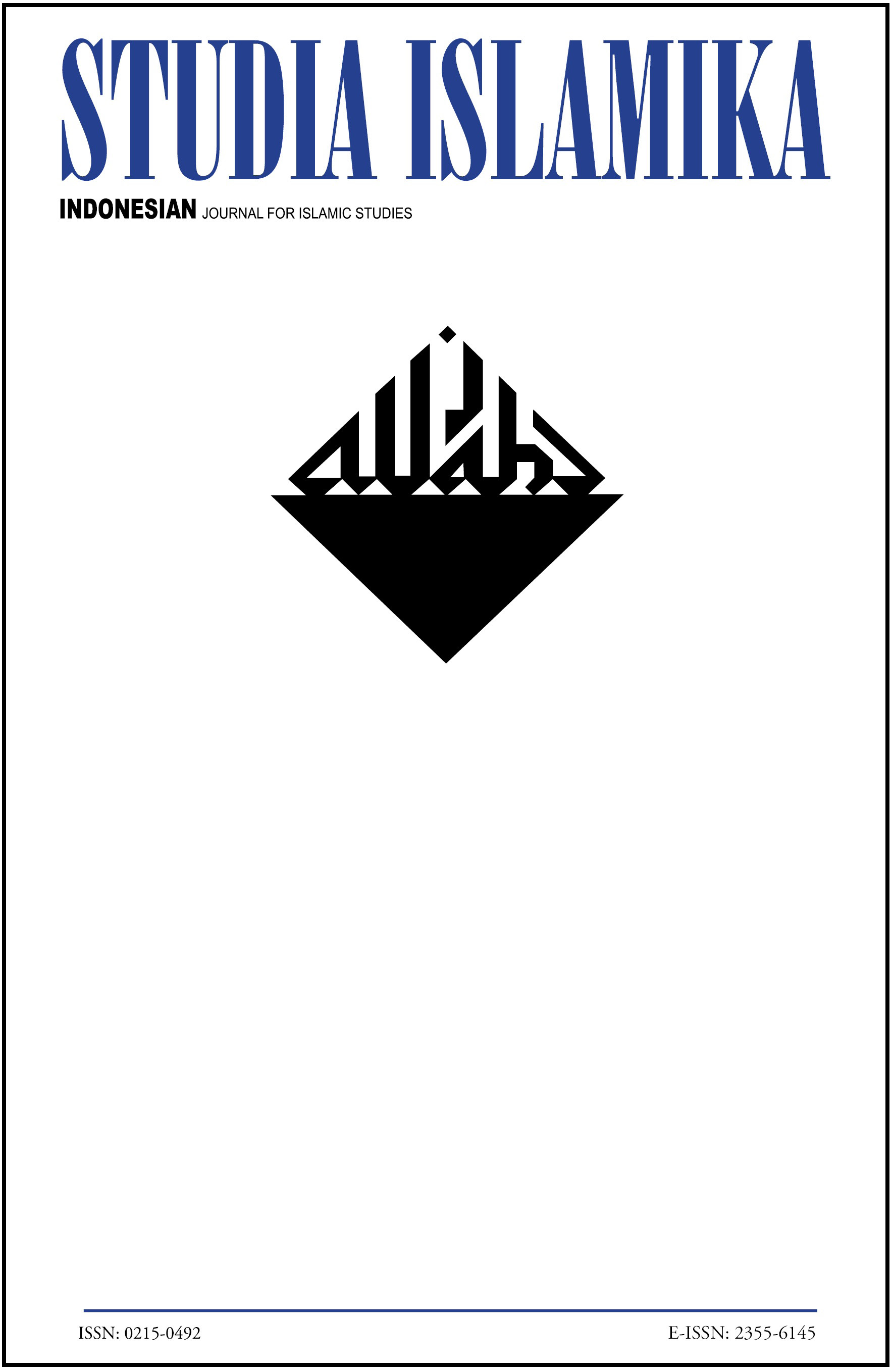Abstract
The propagators of Islam in the north coast of Central Java in the 15th - the 17th centuries have successfully demonstrated legalistic character of the Islamic knowledge. However, the influence of Shaykh Siti Jenar’s teachings and the Hinduism that deeply rooted among the Javanese as well as the slowly spread of Islamic knowledge in the rural Central Java have contributed to the inequalities of Islamic understanding. Therefore, the Islamic knowledge in this area becomes more syncretistic and heterodox or it is known as kejawen. With the increase of Muslims in the archipelago who study Islam to the center of Islam in Mecca, Madina, and Egypt, the universal Islam is more understood and disseminated in the translation works of the scholars. This further reduces the local character of Java contained in kejawen teachings and in contrary strengthens the orthodox Islam.DOI: 10.15408/sdi.v19i2.364Authors who publish with this journal agree to the following terms:
- Authors retain copyright and grant the journal right of first publication with the work simultaneously licensed under a Creative Commons Attribution License that allows others to share the work with an acknowledgement of the work's authorship and initial publication in this journal.
- Authors are able to enter into separate, additional contractual arrangements for the non-exclusive distribution of the journal's published version of the work (e.g., post it to an institutional repository or publish it in a book), with an acknowledgement of its initial publication in this journal.
- Authors are permitted and encouraged to post their work online (e.g., in institutional repositories or on their website) prior to and during the submission process, as it can lead to productive exchanges, as well as earlier and greater citation of published work.
Downloads
Download data is not yet available.

